ADVERTISEMENT
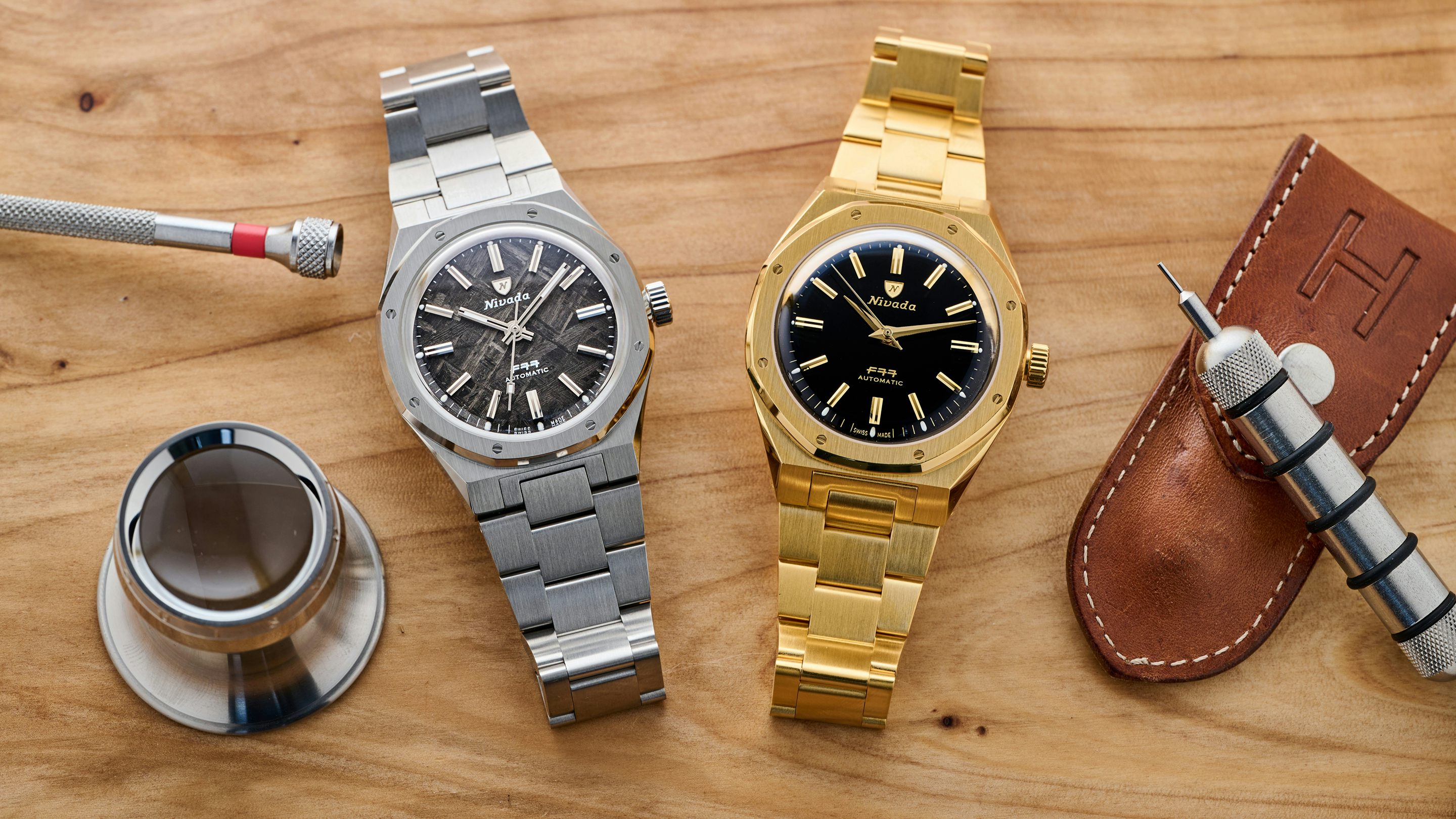
ADVERTISEMENT
The Nivada Grenchen F77 was relaunched in 2023, and, like many other Nivadas of recent memory, is a relatively faithful 37mm homage to a vintage piece from the brand's extensive (and more profound than I realized) back catalog of interesting pieces. The original was released in 1977 as part of a surge of integrated bracelet sports watches that were nearly simultaneously introduced in the era (despite nearly all of them struggling to find success).
Similarly, it seems that almost every brand, from microbrands to unexpected launches from the biggest brands, has reintroduced an integrated bracelet watch. Chalk it up to IBF (Integrated Bracelet Fatigue) that this is the first time we've covered the F77 on our site. But with the launch of the new, slightly larger F77, Mark II was an excuse to play catch-up.
The F77 with meteorite dial, left, and F77 Mark II with natural black onyx dial.
The F77 has many of the hallmarks of what you'd expect from a good-looking integrated bracelet watch: an angular yet sweeping form, a mix of brushed and polished surfaces, and a refined yet semi-industrial quality. My interest in the original was revived when I saw that Nivada Grenchen was launching meteorite, aventurine, and lapis dials in steel, even more so when there was (briefly) a black ceramic version with meteorite as well. However, that quickly sold out, and I was left with FOMO. At 37mm by 12.6 mm with date and 12.1mm without, the balance seemed nice (though not nearly as elegant as a Jumbo Royal Oak or Nautilus), but the price—$1,360 for the original—was incredibly attractive.
The 1mm size increase may be easily visible from a distance, but the new F77 Mark II (seen below in a yellow-gold 18k plating) has a few hallmarks that make the watch relatively easy to differentiate at a glance. The watch is available in both gold-plated and standard 316L stainless steel models, although the gold version is currently sold out. The dials for both are natural black onyx dials with color-matched applied indices and printed minute track. The most obvious difference is the dauphine hands and lack of lume.
Like the use of aventurine, meteorite, and lapis, the inclusion of natural onyx seems like an interesting proposition, especially since onyx is usually associated with a significant upcharge on vintage watches for brands like Rolex. The black, lacquer-like finish yields a multitude of interesting reflections of the hands and indices (especially when reflected back off the inside of the domed crystal). The gold version of the Mark II is slightly more expensive, priced at $1,760 on a bracelet and $1,560 in plain stainless steel, representing a $200 premium.
The 12.2mm-thick case also doesn't wear noticeably differently than the original F77, at least on the top side balance. As you can see, when sitting flat, the watch does appear to be quite thick, but that's more due to the updated clasp than anything else. I'm getting ahead of myself, however. Back to aesthetics.
The original (or relaunched) version of the F77 looks fantastic with a meteorite dial. I'm not just saying that. The acid-etched Widmanstätten patterns from the meteorite almost sparkle under natural light, complementing the 316L stainless steel case. The 37mm by 12.1mm dimensions sound more vintage than they felt on the wrist, but again, I'm getting ahead of myself. I mentioned that I feel good integrated bracelet watches should have a mix of brushing and polishing that leans more heavily on the brushed side. One common error I see from newly-founded brands looking to tap into the integrated bracelet trend (in addition to repetitive or reductive design) is that they highly polish too many surfaces, making the watch look cheap and plasticky. Polishing sings when contrasted against other finishes.
Apologies are needed here, as I forgot to photograph the lume on the watch, one of the differentiating features of the "Mark I" variant of the F77. However, it features stick hands filled with lume, a small amount of Super-LumiNova in the seconds hand, and dots around the outside edge. It's very vintage in a way; by that, I mean that it doesn't have much lume to be particularly useful, but it's there. For example, consider this photo by Nivada Grenchen.
Don't let the couple of extra links on the photo below fool you. The watches aren't significantly different in size, but several differences immediately stand out in profile. The lugs on the F77 Mark II are now drilled, allowing for quicker bracelet removal (and there is an option to buy the F77 and F77 Mark II on a velcro or rubber strap instead of a bracelet). The lugs also drop down more sharply, showing the chamfers of the lugs a bit more as well. That allows the watch to hug the wrist more tightly. They've also added a new micro-adjust clasp to the Mark II, meaning no more adjusting the length with the tiny holes in the bracelet. The only downside is that micro-adjust adds a slight increase in weight and thickness to the clasp side, slightly altering the balance.
Both watches are powered by the Soprod P024 Automatic as found in the recent Aquamar release. The casebacks have undergone slight changes between generations, with different fonts being the most notable difference. Both versions of the F77 have 100m of water resistance as well (compared to the 200m of the dive-focused Aquamar).
Between the two examples here, I'd immediately grab the Mark I meteorite dial (in fact, I've nearly come close to buying one as I write the story) but that's partially because of the fascinating dial and, maybe more so, because I find gold-toned watches on bracelets a bit too loud for my personal taste. But it's hard to deny the comfortable fit of the updated Mark II version.
All things being equal, the updated case design and micro-adjust of the F77 Mark II make it hard to argue against choosing that version despite the $200 upcharge. One of the great things about Nivada Grenchen under Guillame Laidet's leadership isn't just the bang for the buck, it's the fact that, if the current releases aren't to your taste, we are nearly guaranteed a number of different versions of the F77 Mark II in the future.
The Nivada Grenchen F77 starts at $1,360 on bracelet. The Nivada Grenchen F77 Mark II starts at $1,560. For more information visit the Nivada Grenchen website.






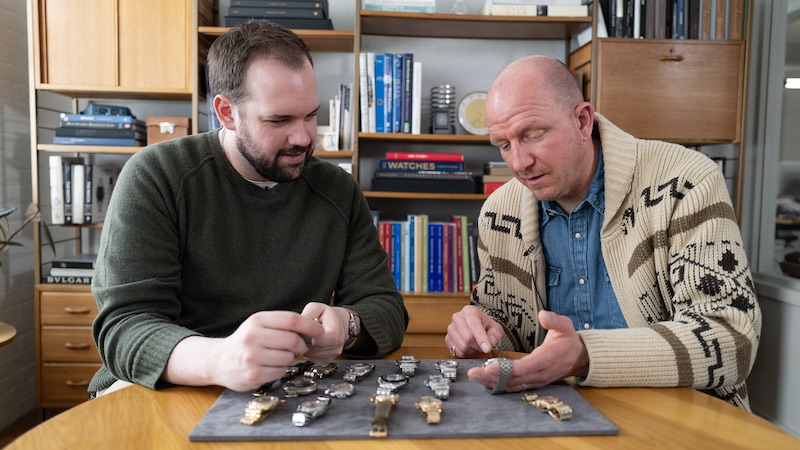




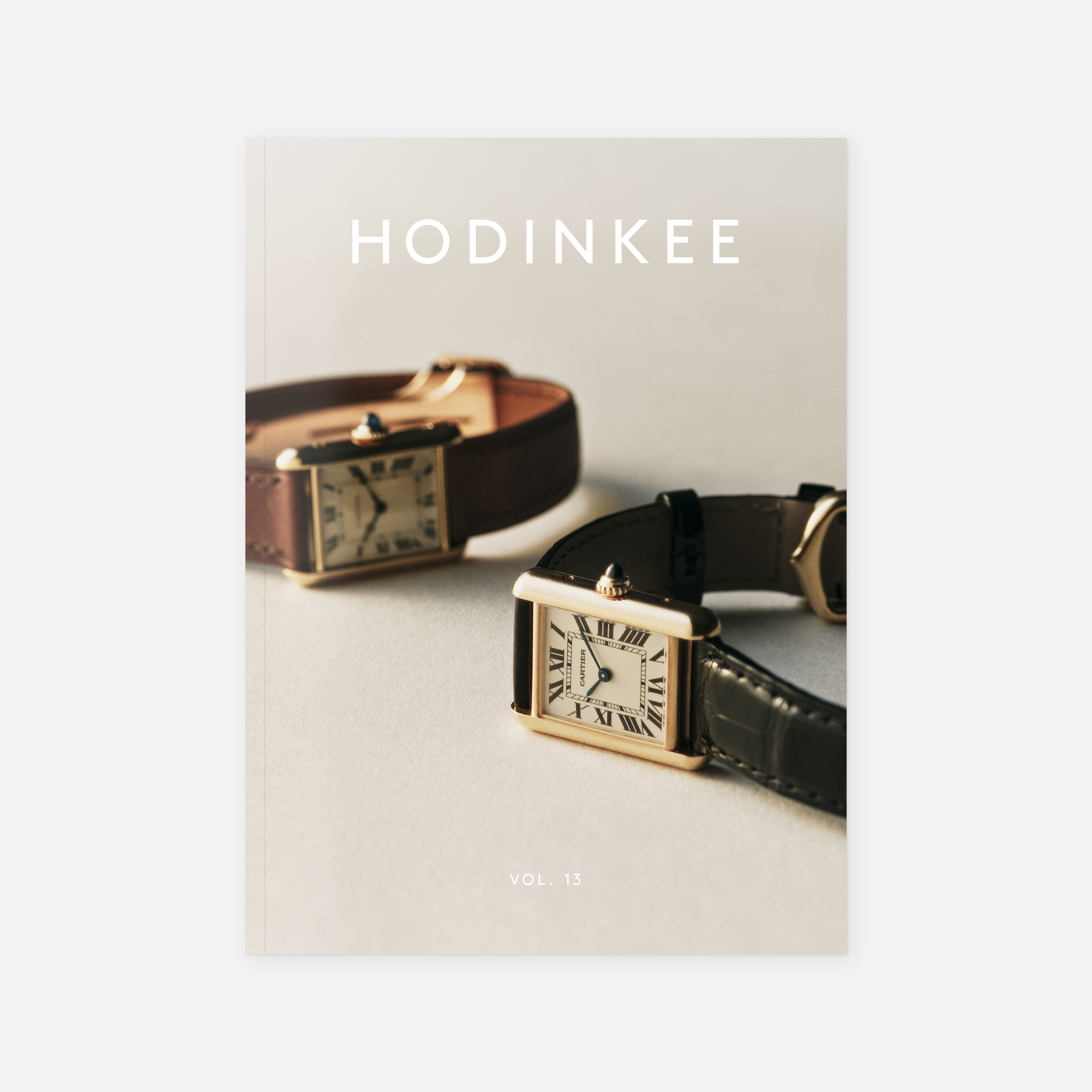

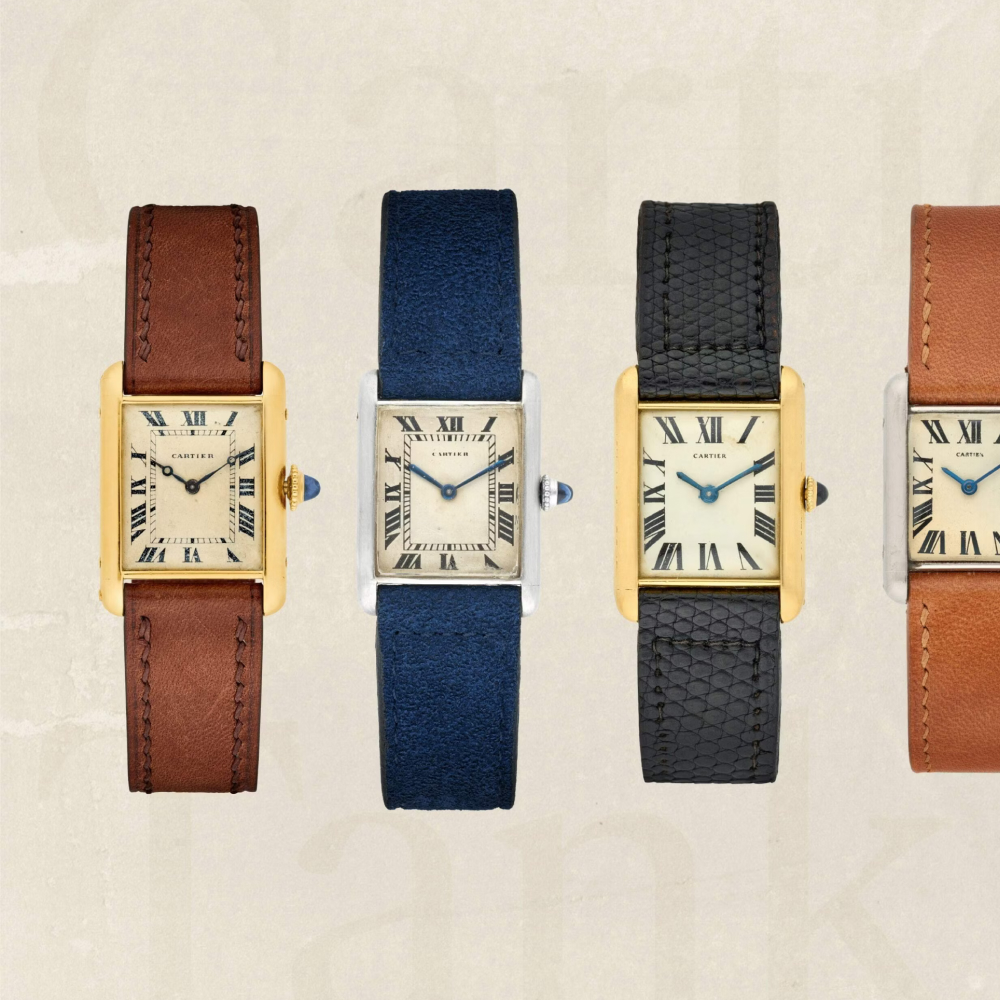







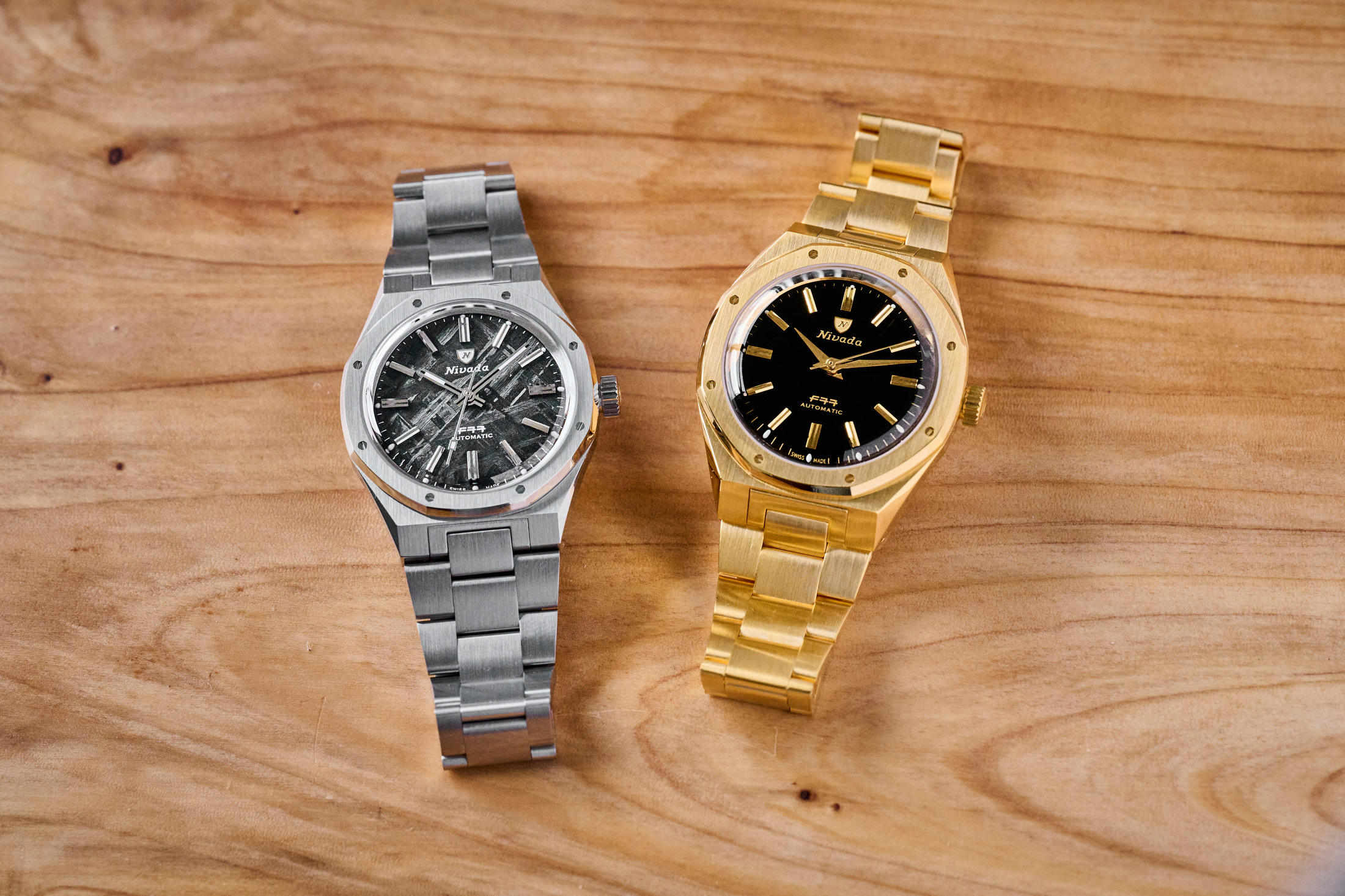
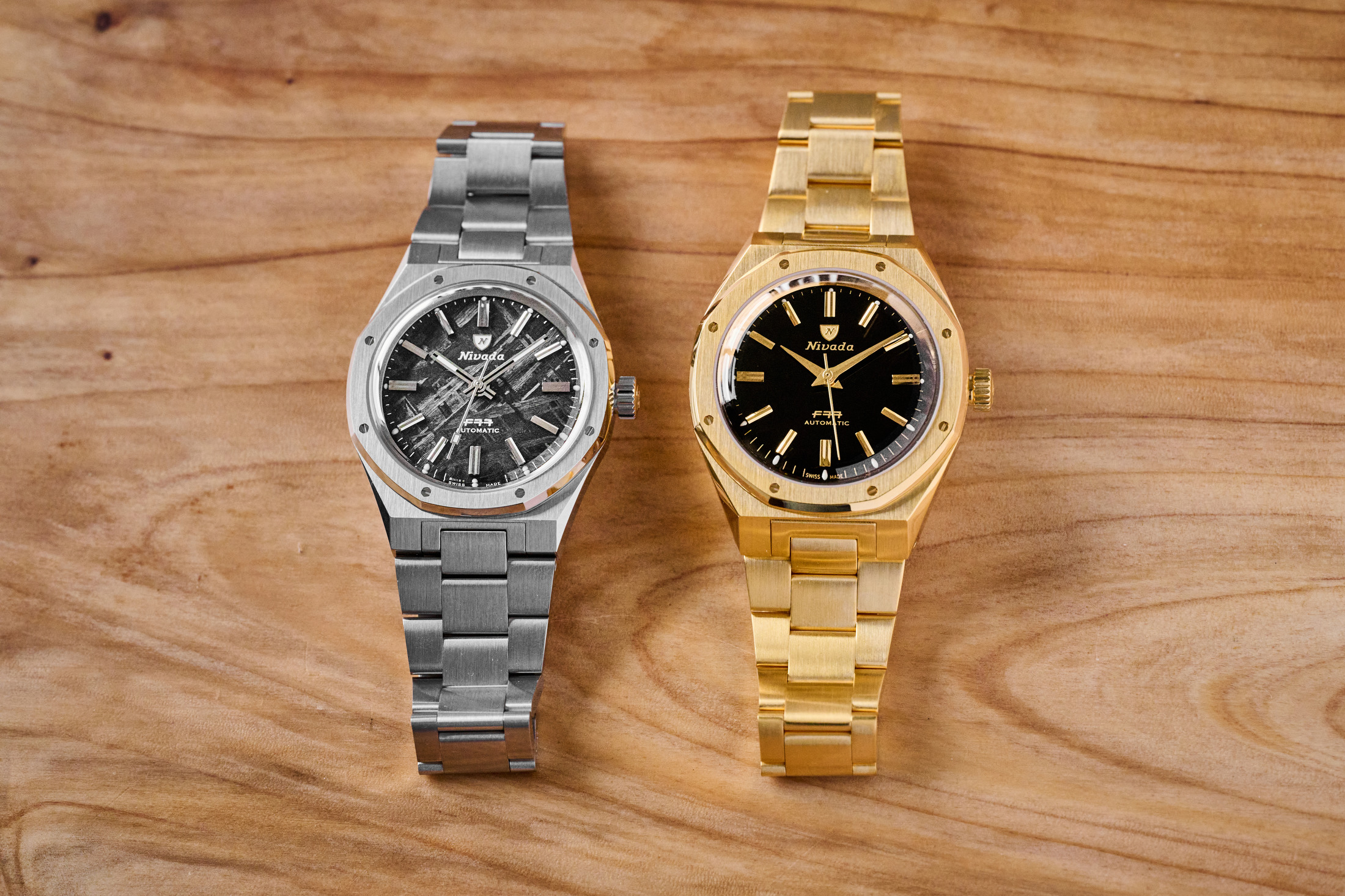
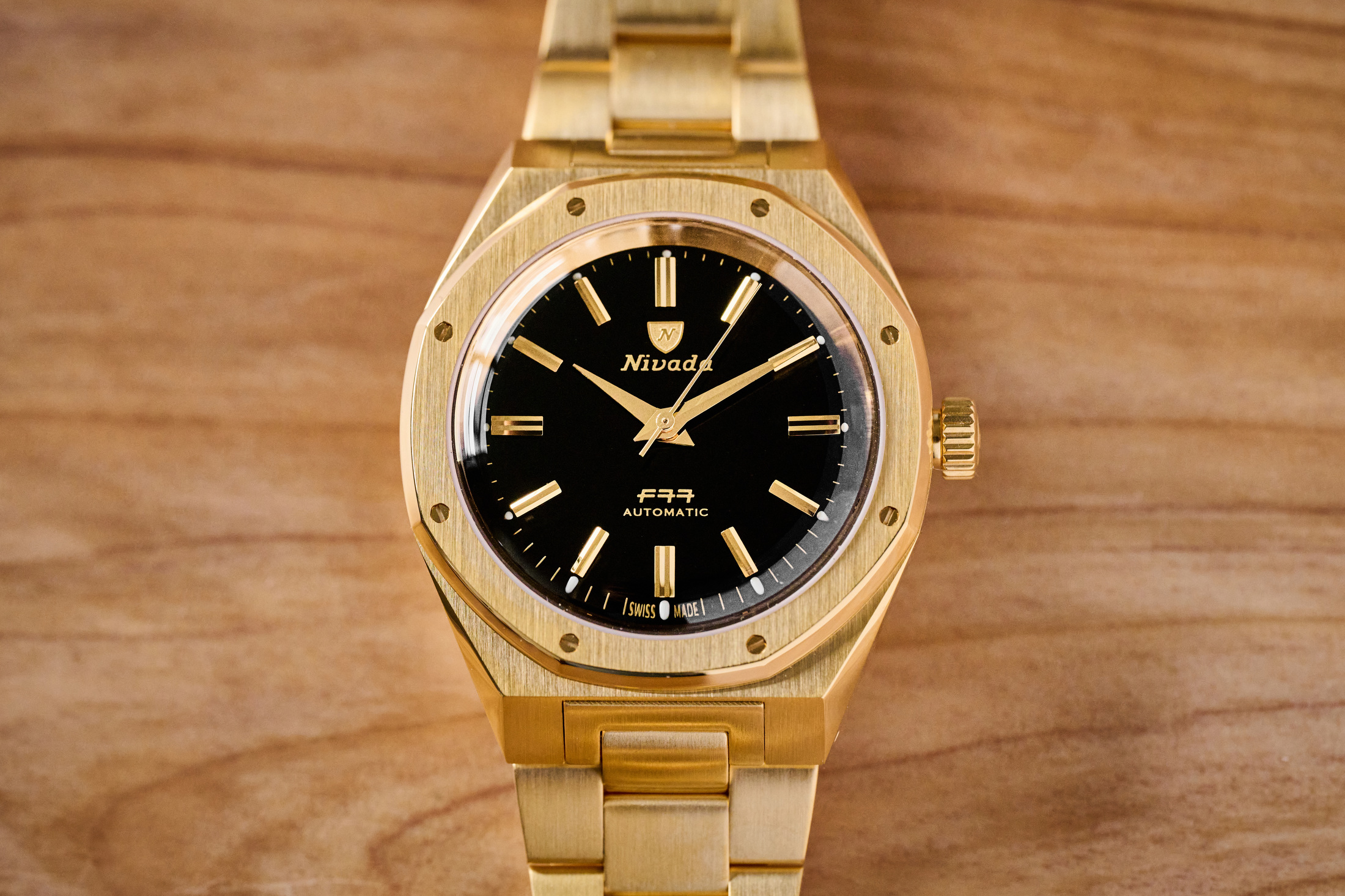
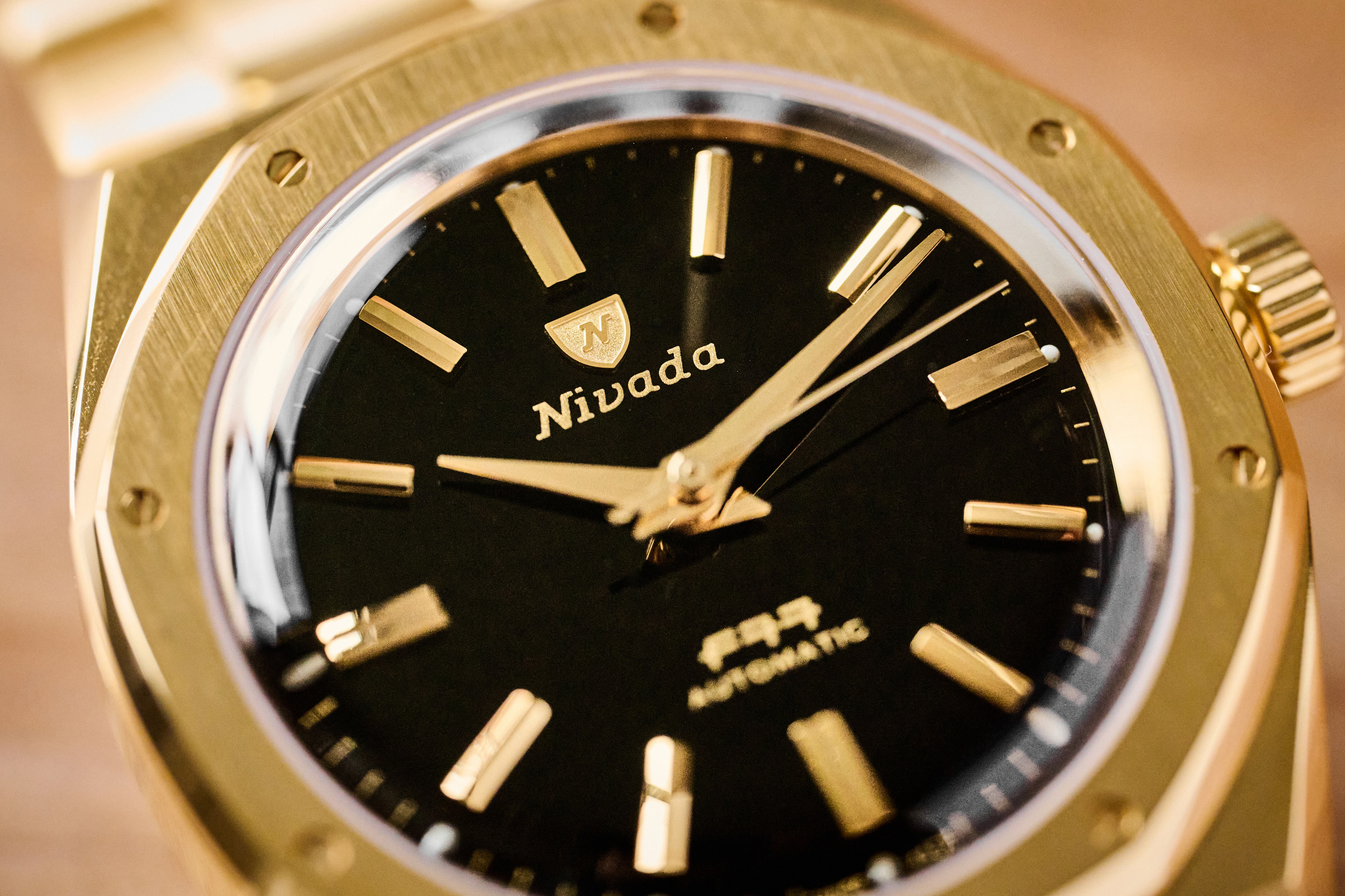
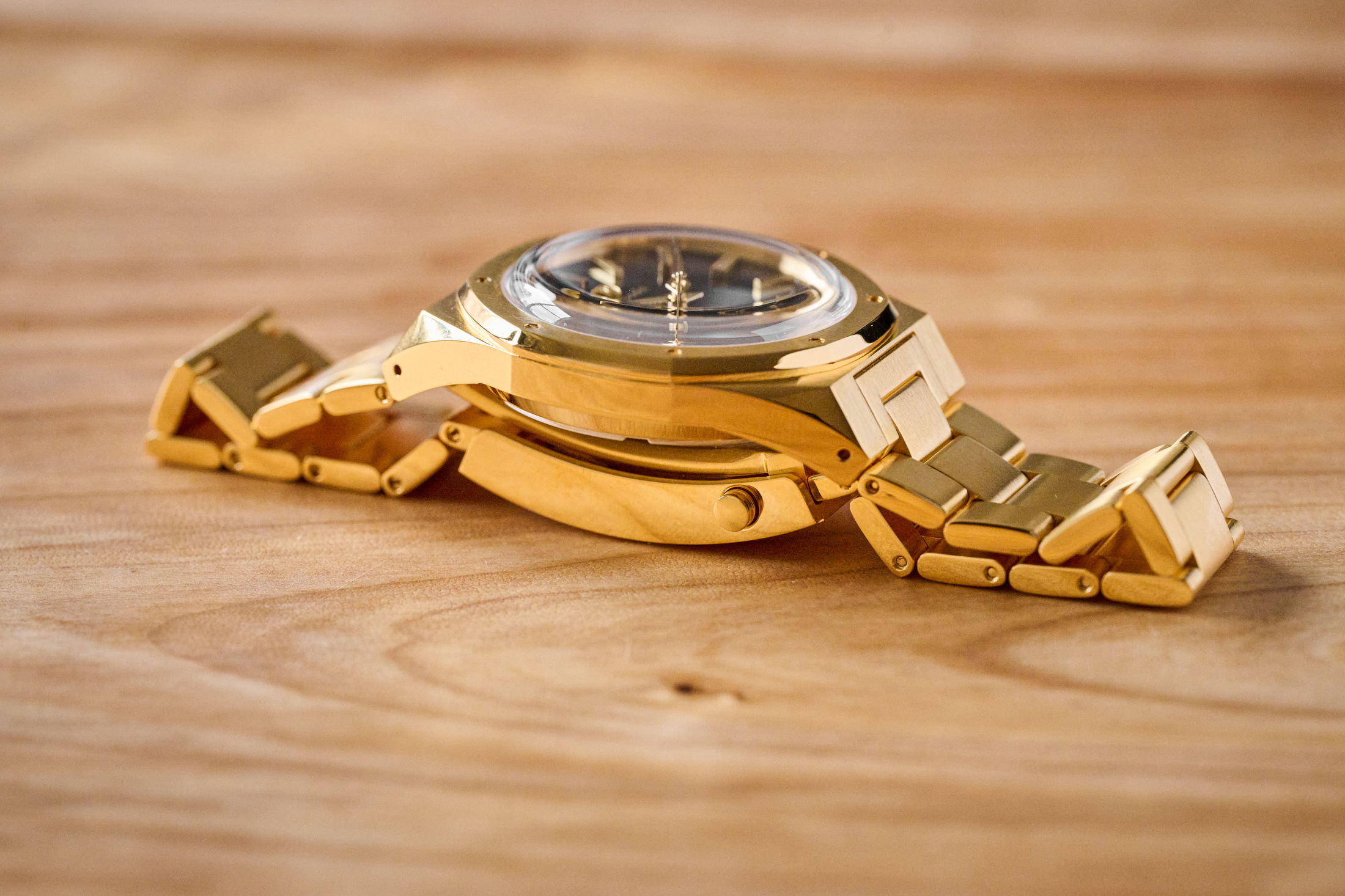
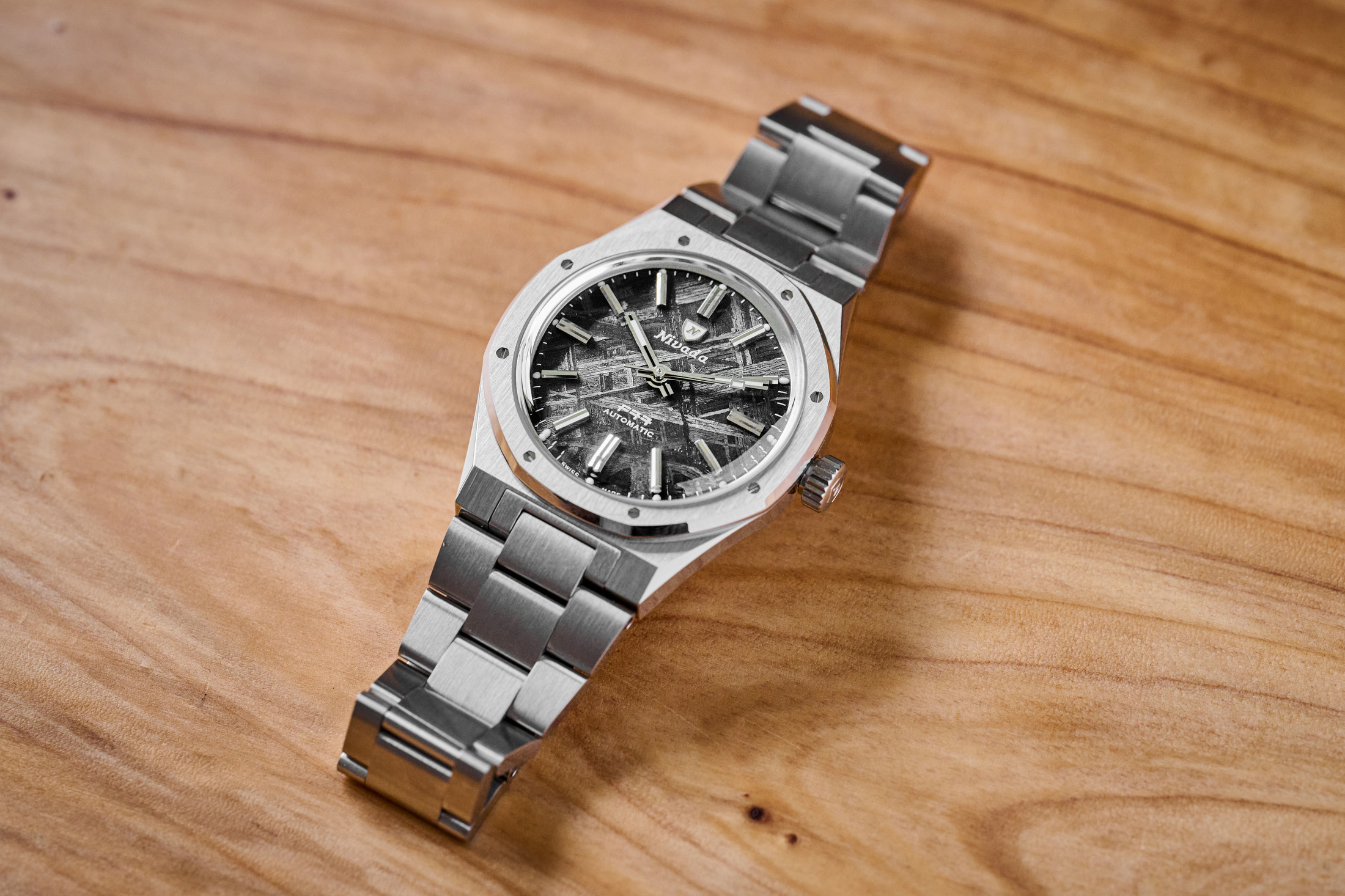
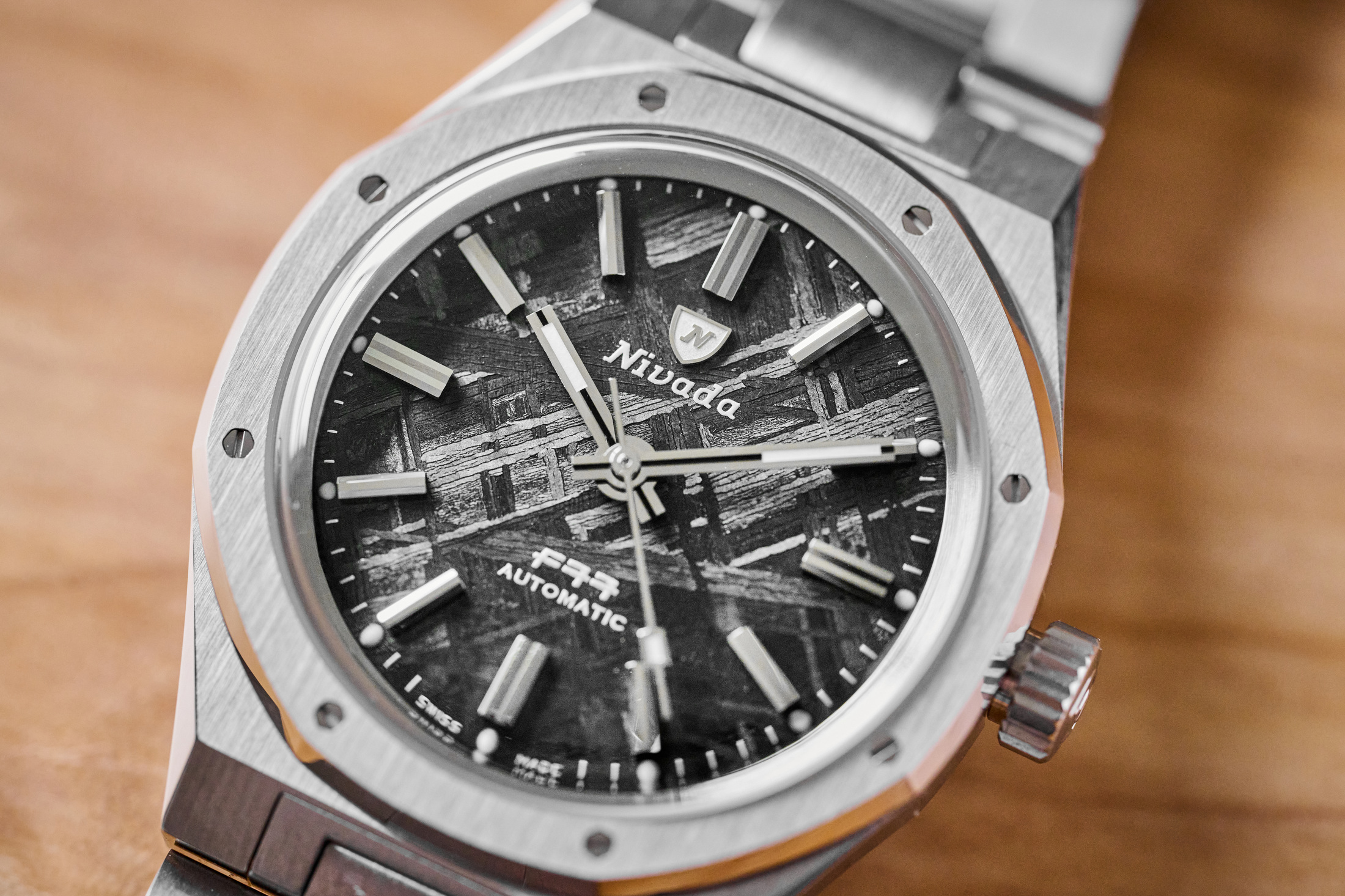
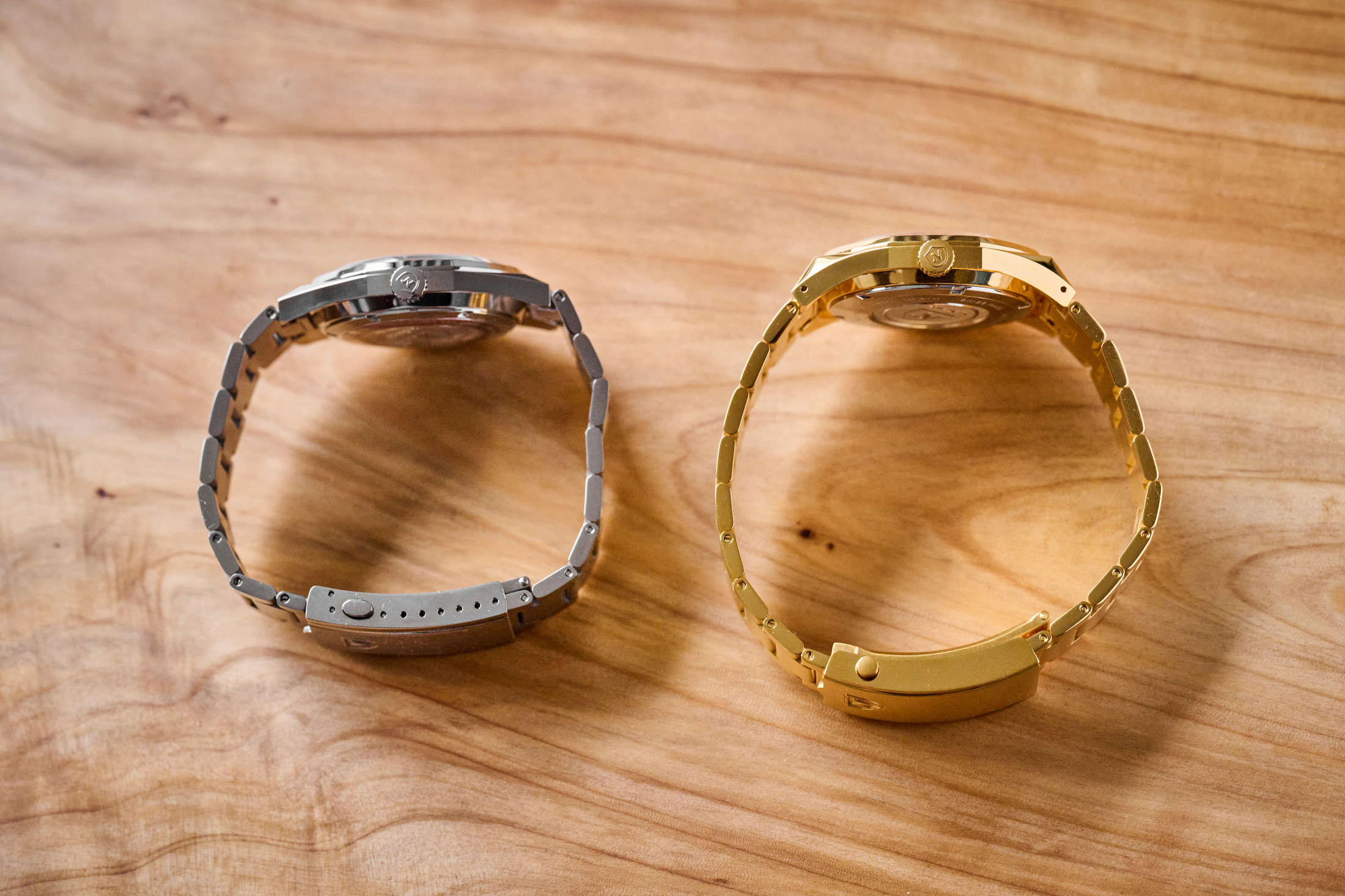
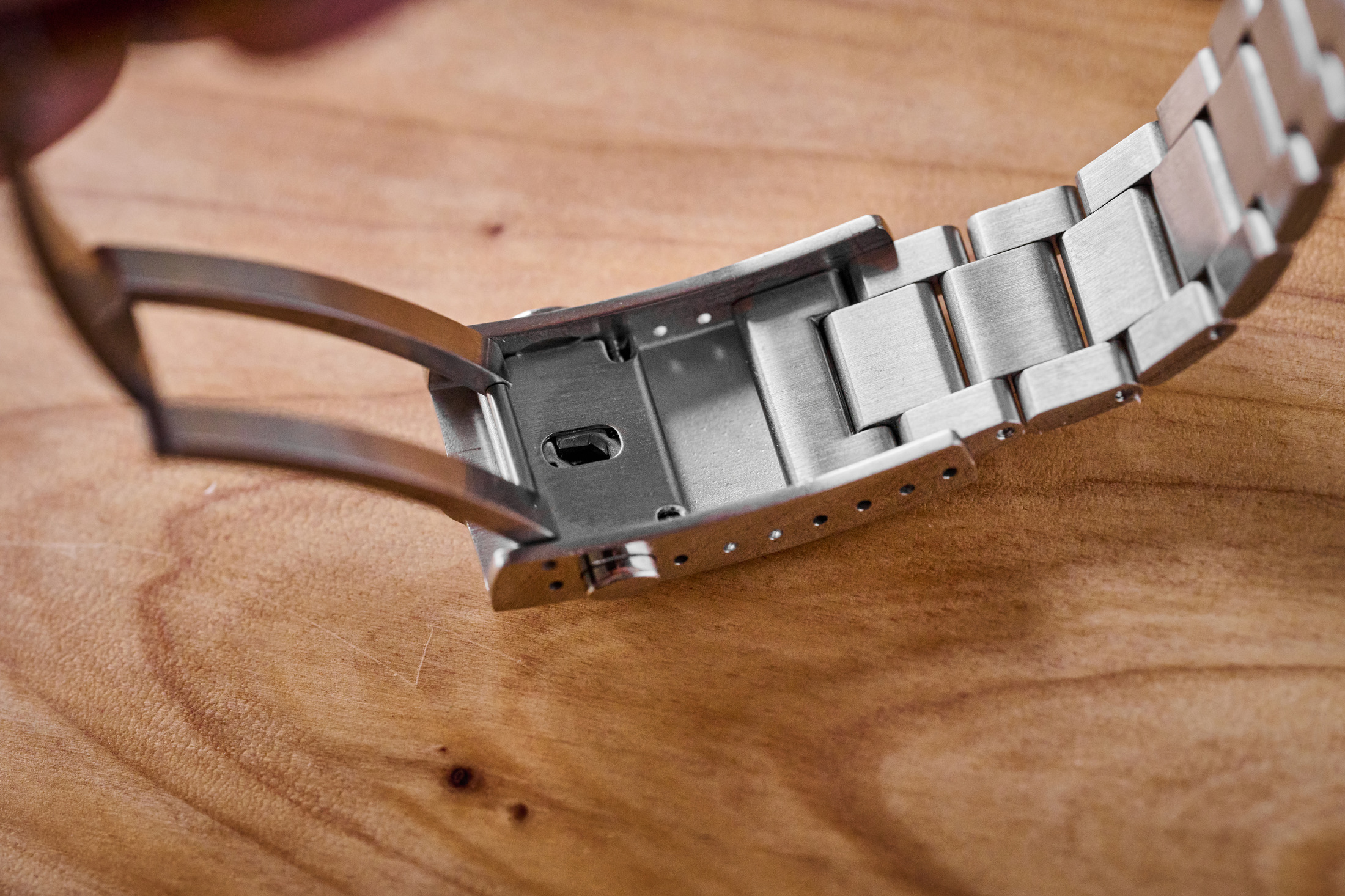
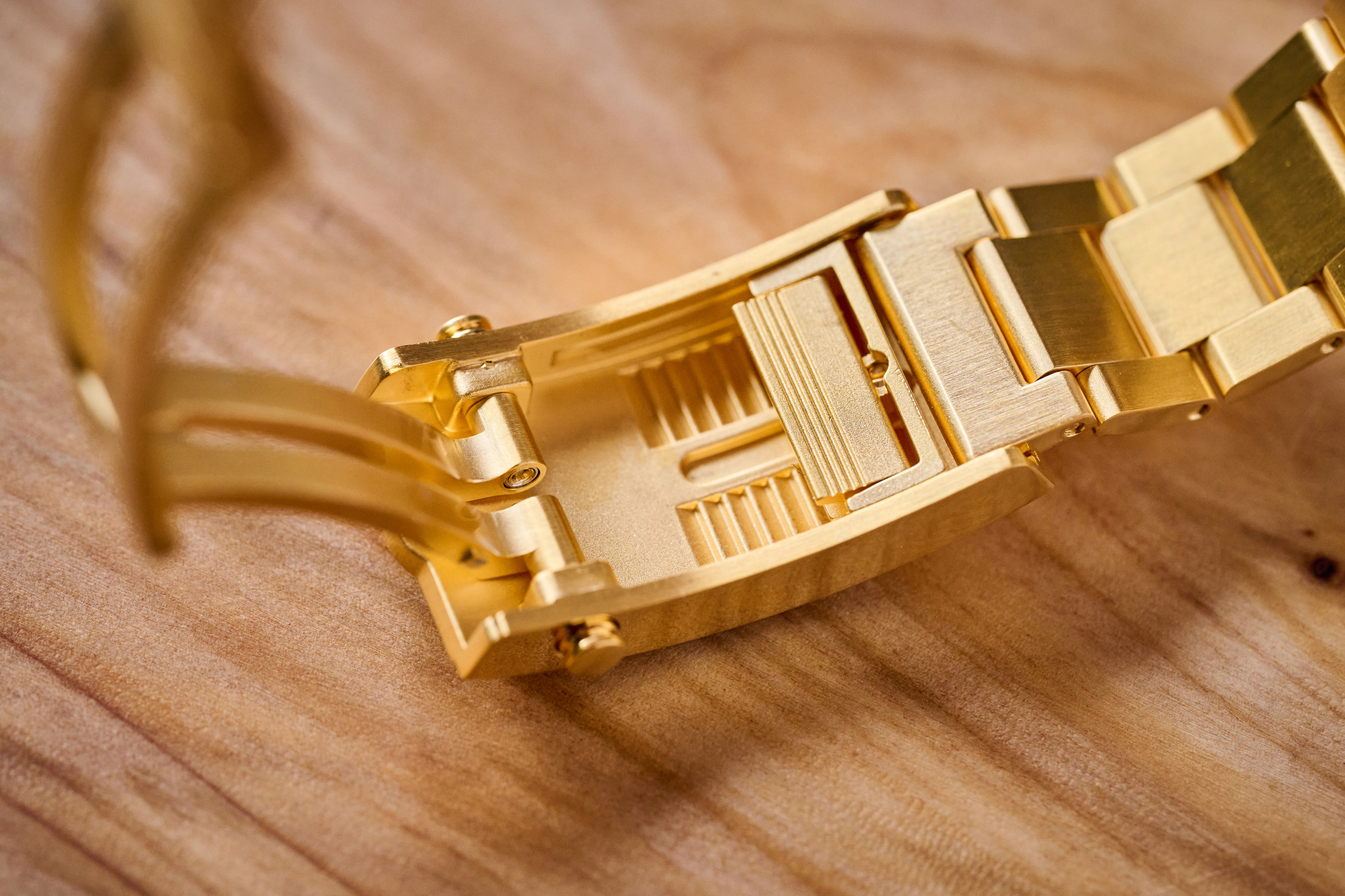
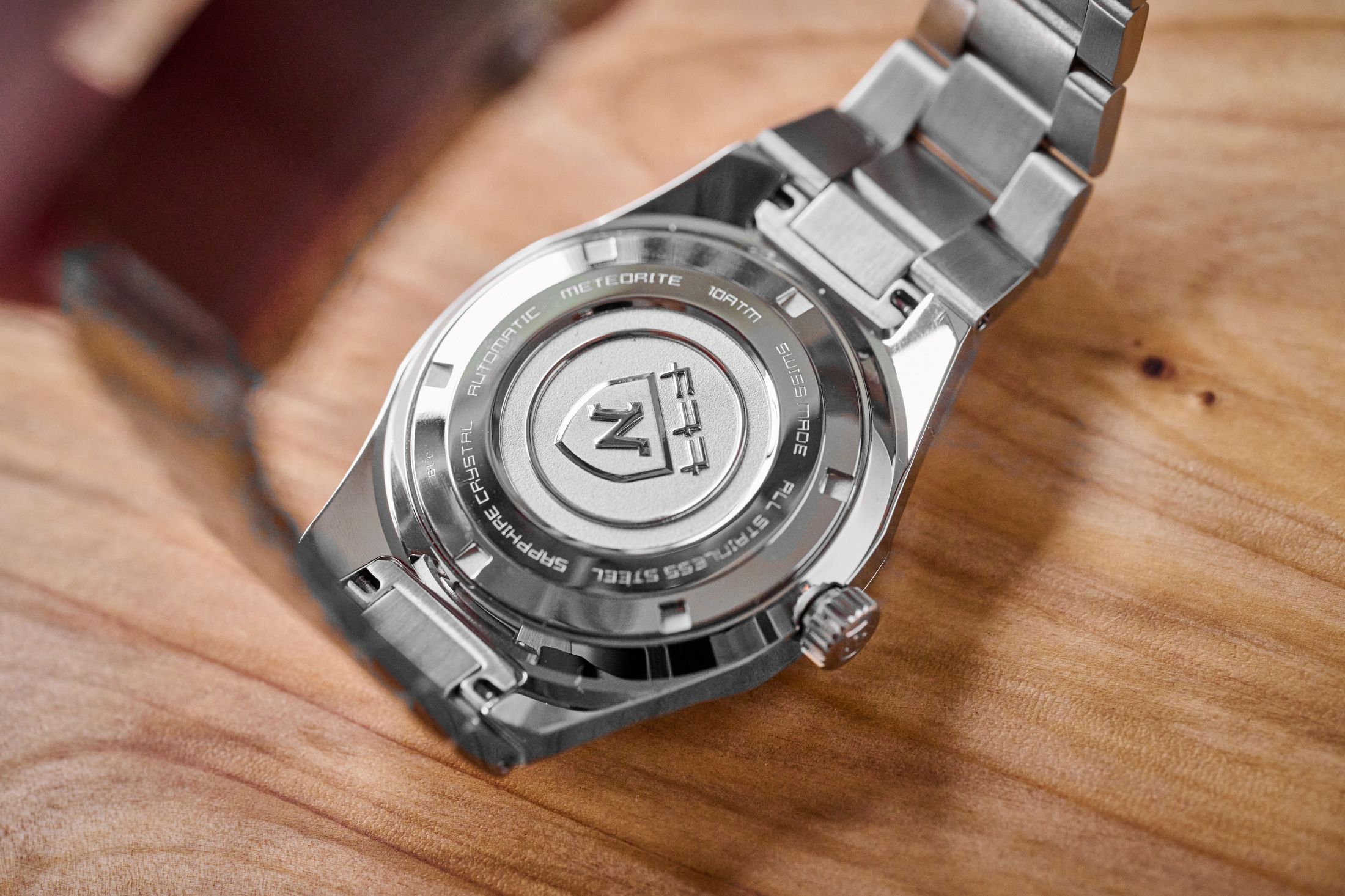
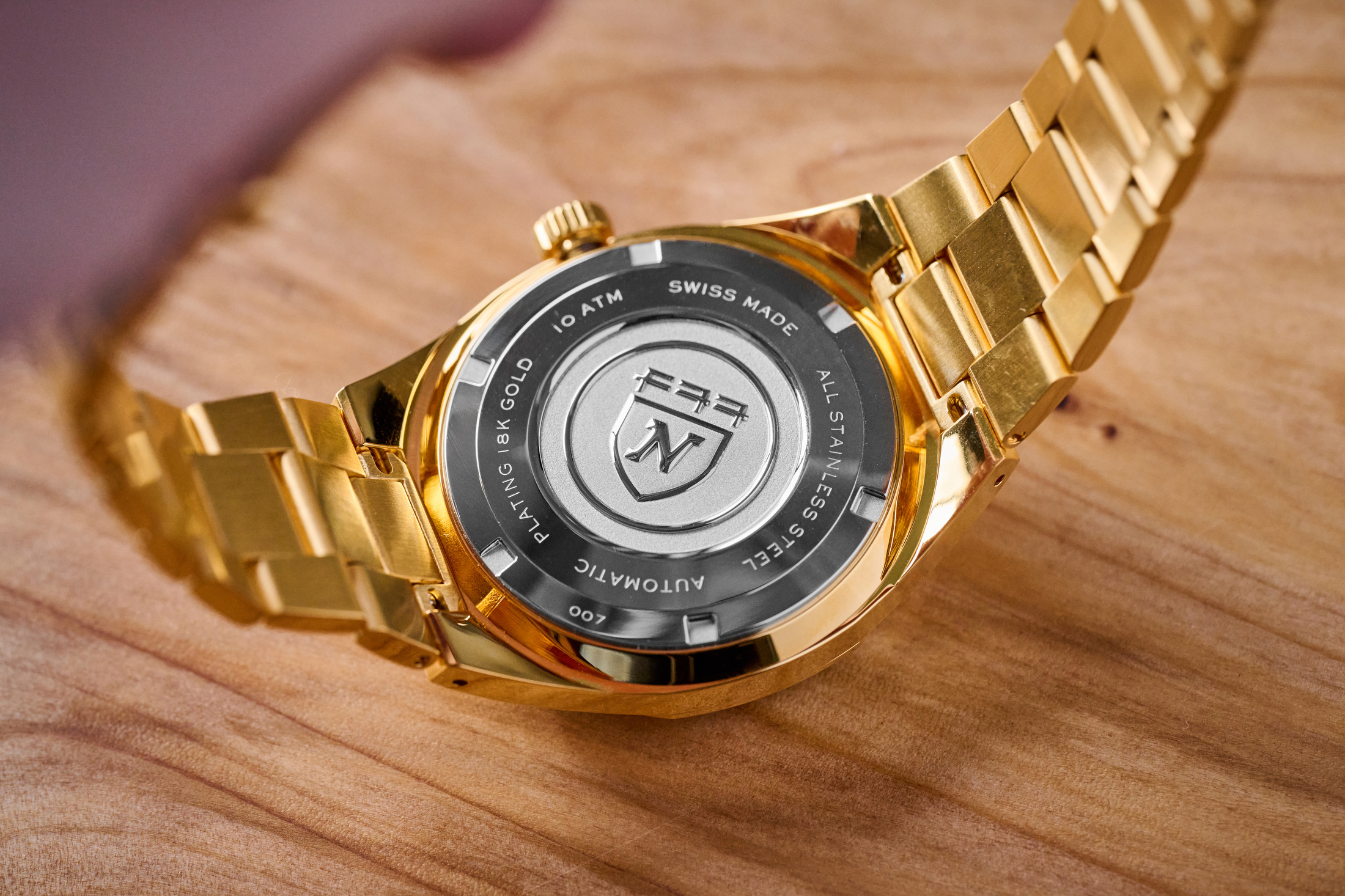
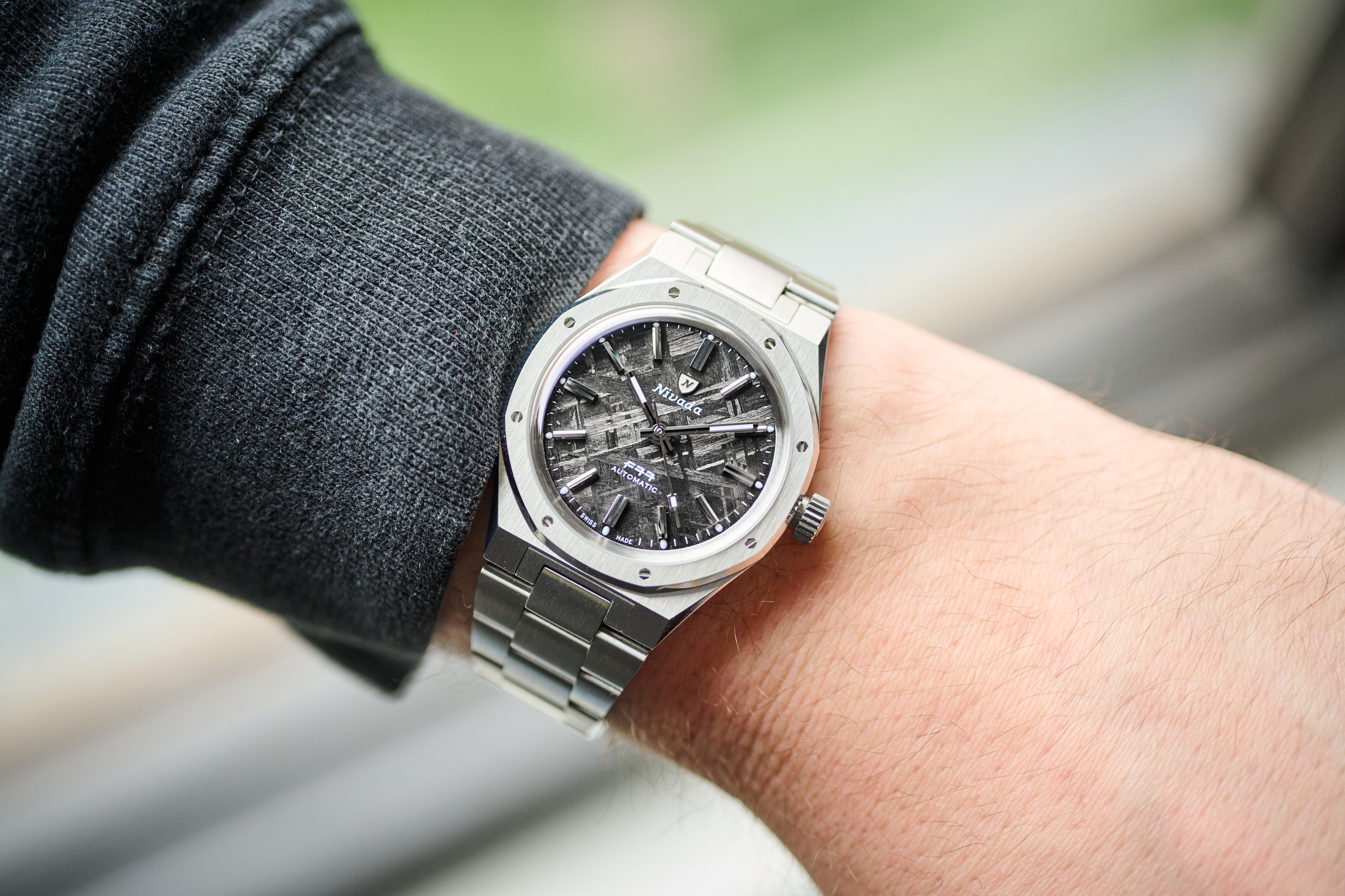
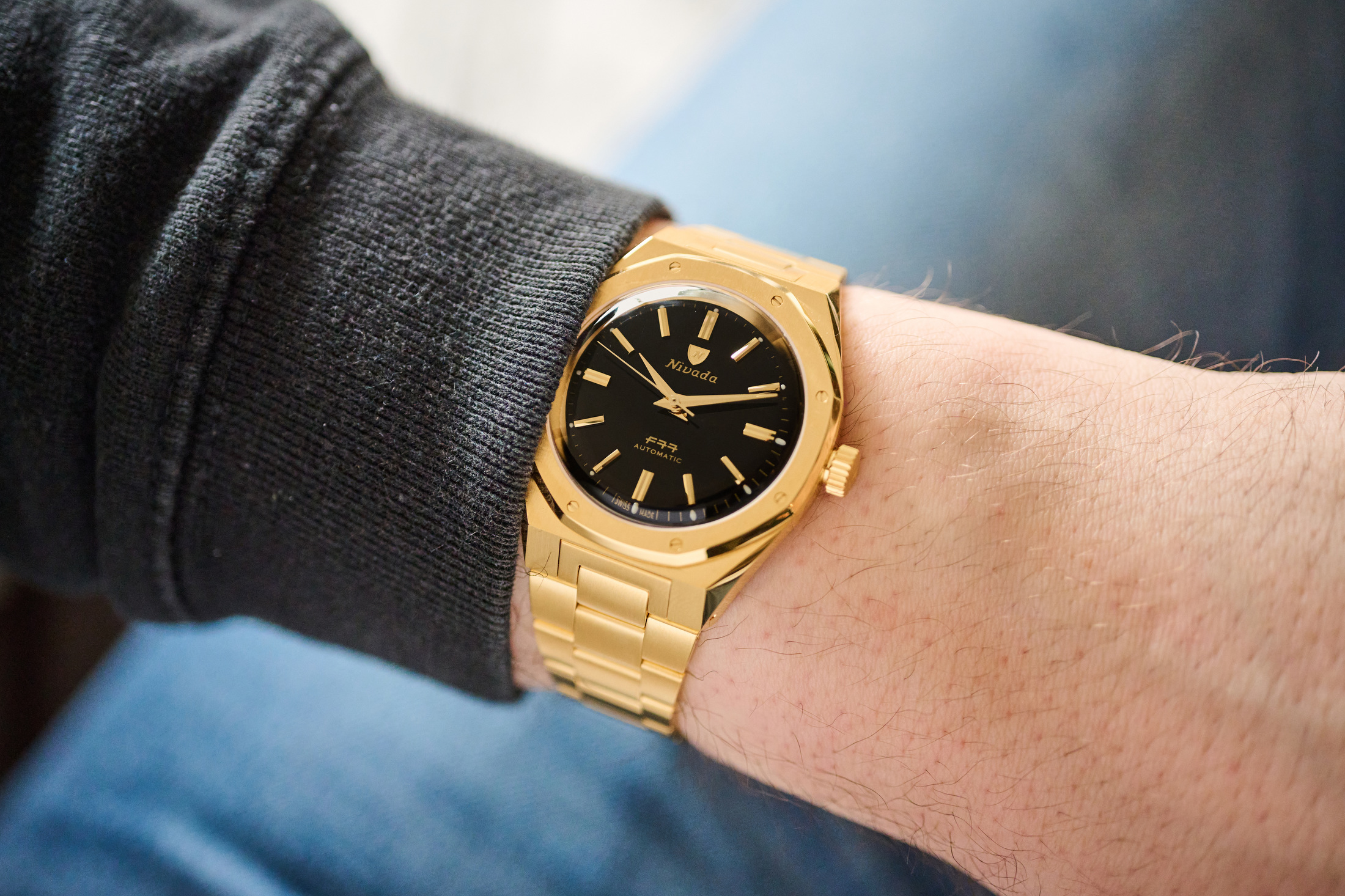








Top Discussions
Hands-OnThe Ianos Dytis Diver
Photo ReportPitti Uomo Summer 2025
F.P.Journe Award-Winning Young Watchmaker Alexis Fruhauff Aims To Put Clocks Back On Trend